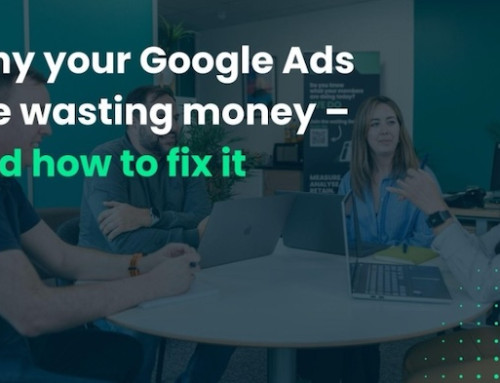Melissa Wiggins, Head of Client Strategy
The phrase ‘digital transformation’ can mean different things to different organisations, and it can encompass a whole host of projects with digital considerations. Our perspective is that ‘Digital Transformation’ is the process through which organisations analyse, decide, plan and deliver change using supporting technology. The primary objective of this process should always be focussed on improving things for the good of the organisation, their team and their audience. These changes can be centred around such things as; business processes, integrations and member engagement/retention to name but a few.
1. Culture and Context
Understanding the context in which people work, why processes may have evolved, how people use systems, what they think is required and what the culture of your organisation is, particularly regarding change will largely influence success or failure.
Your employees are the ones who use systems and processes day in and day out, they are the people who will be affected by a change to digital platforms and they may or may not be worried about how new technology will affect their jobs. Communicating internally the rationale for change can be helpful. People can be reassured that changes are being made to enable anticipated growth and facilitate subsequent demands on current resource.
Consider carefully how the process will be messaged internally and transparency demonstrated. Regular updates on project decisions and planned outcomes will ensure everyone feels included on the journey.
It is important to set and manage expectations carefully and in a way that is appropriate to each stakeholder. Clear communication is critical in this process as is ensuring that agreed expectations are deliverable/delivered. Ongoing visibility and good notice of inclusion in training and implementation plans can also help to increase internal engagement and adoption, ultimately promoting project success.
It is wise to review the utilisation of your current resource to ensure that your team are not going to be stretched beyond what is reasonable by any transformation efforts. Failure often results from there just ‘not being enough time or resource’.
2. Discovery
Spending time discovering where the challenges lie, their source and the desired outcome of that transformation is essential. Gaining a 360-degree view of the organisation, ensuring that all functions and departments needs and knowledge are absorbed and considered is fundamental to successful transformation. If the needs of your internal system users aren’t taken into account you may miss a critical aspect and this may result in a system that doesn’t meet administrative users’ needs and therefore suffers poor adoption. The other important aspect of the discovery phase is looking at the audience, their expectations, behaviour, needs and engagement preferences. Collecting and analysing this information should ensure that every facet and user experience is considered and the resulting solution meets all requirements.
3. Strategy
Having a solid strategy that takes the information gained from the initial discovery aspect and weaves it into a considered plan is key. This strategy needs to take into account the impact upon the people involved; is there a fundamental culture shift in this transformation? Is a project likely to place an unreasonable burden upon anybody in particular, how could they be better supported, could additional resource be brought in?
The project team need to ensure that the implementation strategy is appropriate to the resource dynamics and aligns with the organisations business objectives. A strong implementation strategy should commonly include;
- A clear outline of the project objectives
- Clear definition of roles, responsibilities and dependencies of all those involved
- The mapping of current processes to the proposed and outline of any potential risks and mitigations
- A timeline of the implementation, roll-out and training plan with detail of dependencies, testing, feedback and milestones
- A method for tracking progress and feedback against KPIs.
- Clarity around the considerations of agile working, how change will be agreed and tracked, and how the inevitable complications of technology projects will be overcome.
4. ‘End’ goals
An appreciation and commitment to ongoing evolution is required with the delivery of a project providing a milestone in the transformational journey. The most successful projects we’ve ever been a part of have been the ones where trust has formed quickly and the relationship has gone wide and deep early with good transparency. This foundation has enabled the best insight, resulted in the most appropriate solutions and delivered against the organisations objectives. We’ve found that driving success and propelling ongoing transformation is best achieved through a long-term relationship. This meaningful partnership is mutually invested in the benefits of ongoing transformation for the good of the organisation, its people and its audience.











Leave A Comment